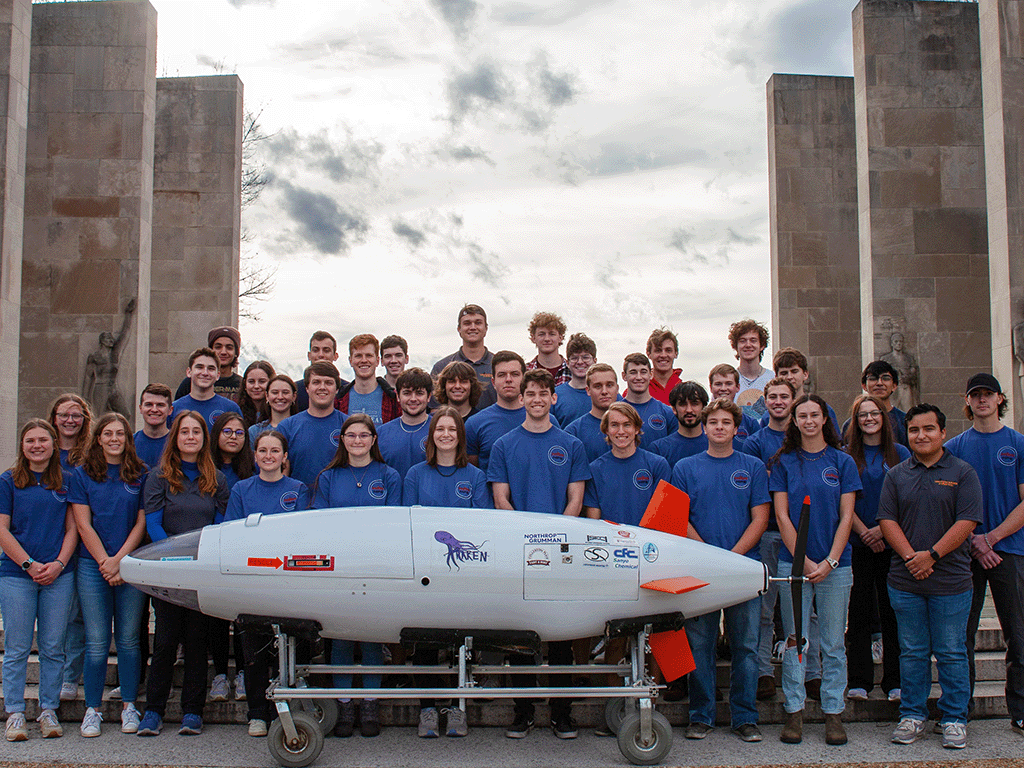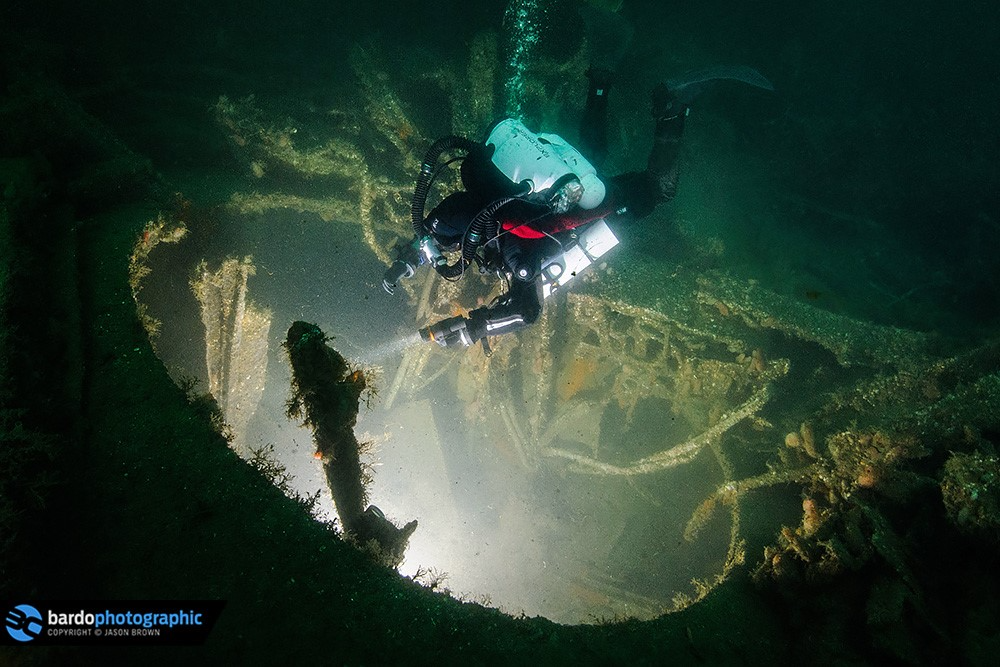As a 15 year old, I ventured to Antarctica with Blue Green Expeditions to dive and help scientists study the Antarctic environment. We conducted roaming video benthic surveys, plankton tows, and looked for signs of Sea Star Wasting Syndrome. These are all important aspects to study in order to see how humans might be affecting the ecosystem of Antarctica.

Becky Schott
How does diving in Antarctica work? Well, first off you must already have experience diving with a drysuit and some experience in cold water below 39F. With that experience in mind, the actual diving operations take place on Zodiacs. You pack your kit on the Zodiac before it is put into the water. Then you gear up, undergarments, drysuit, computer, hood, backup mask, camera, and anything else you might want or need for diving. You walk down the gangplank into the Zodiac and get taken to the dive site. You then kit up and dive, then you come back when the dive is over and you take your gear off and pass it up before pulling yourself up into the Zodiac and heading back to the ship.

When I started getting into technical diving, I noticed that almost nobody was wearing a console computer. When I asked my instructors what the best wrist mount computer would be for technical diving, they said Shearwater. I started doing some research into Shearwater dive computers where I learned about computers like the Perdix 2 which has multiple different modes for recreational diving, OC Technical, CC, and even a simple gauge mode. I needed something easy to use while wearing Dry Gloves with thick liners and the Perdix 2 was perfect for my Antarctic adventure.
When I trained for cold water diving in Buffalo, NY with Professional SCUBA, I practiced using my new Perdix 2 computer with my cold water gear. It worked amazing, held up in the extreme cold, and helped me get my bearings in some very low visibility conditions. I took it on a drift dive in the Niagara River and despite the straps on the computer being frozen solid and covered in snow, it still worked like a charm. The dive log and cloud update feature made it extremely easy to log all my prep dives.

Finally, it was time to take it to Antarctica. It was quite easy to pack with my regulator in a small carry-on bag. I took it for one last pre-Antarctic dive in the Beagle Channel, Ushuaia, Argentina. It worked great. Then, after a two day long sail through the Drake Passage, I went on my first Polar dive in Antarctica, the mountains and dramatic landscapes topside combined with the unbelievable colors, life, and kelp underwater.

For the rest of the trip, my computer worked perfectly in one of the deadliest, windiest, coldest, yet most beautiful environment in the world. The data displayed easily, a vibration in my arm if I was nearing my depth limit, easy to look at without losing the heat from my hood, and all around an outstanding dive computer!

John R.F. Humphreys, is a 15 year old living in the Greater Tampa Bay Area, Florida. He enjoys scientific diving, coral restoration, working with veterans, and helping the environment. He aspires to be in the space industry as a Mission Commander, specializing in Mars exploration and colonization.




